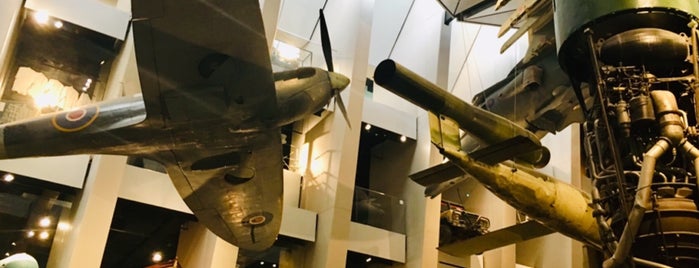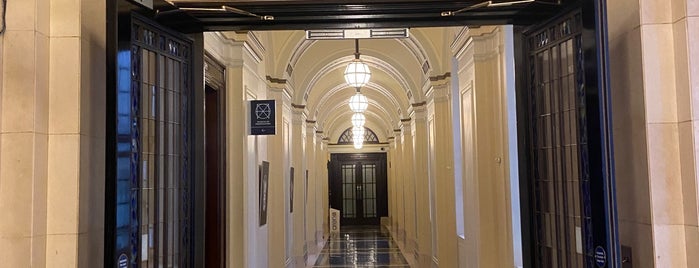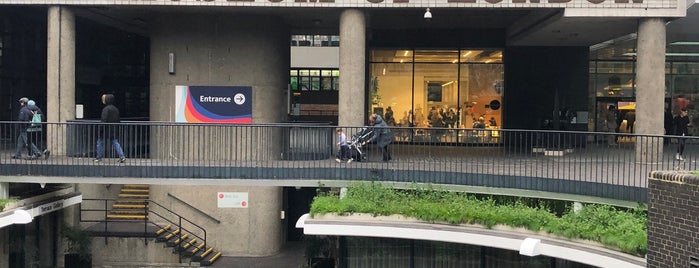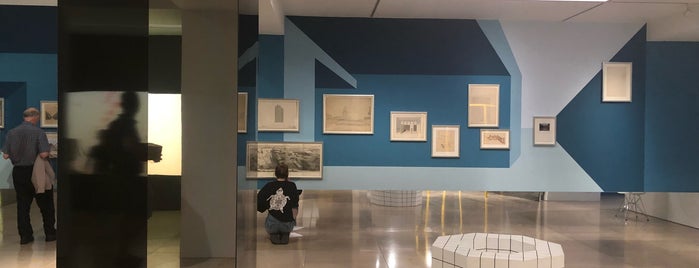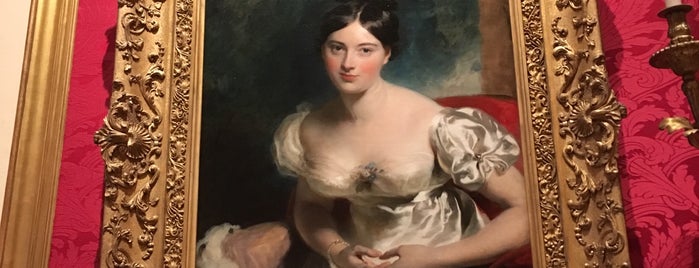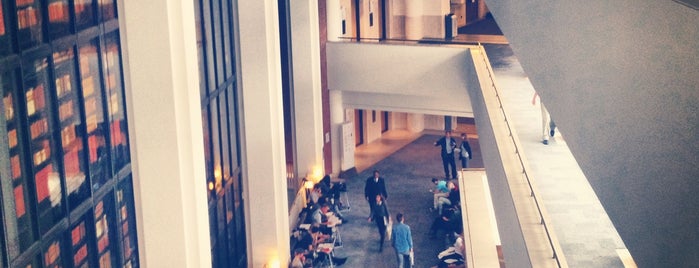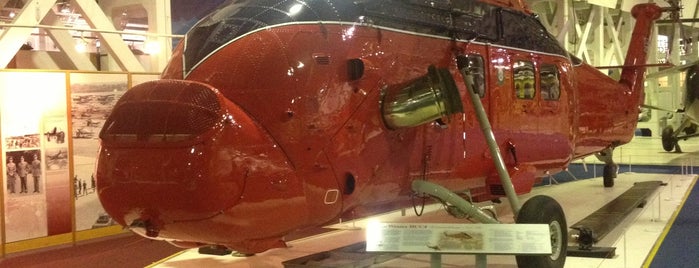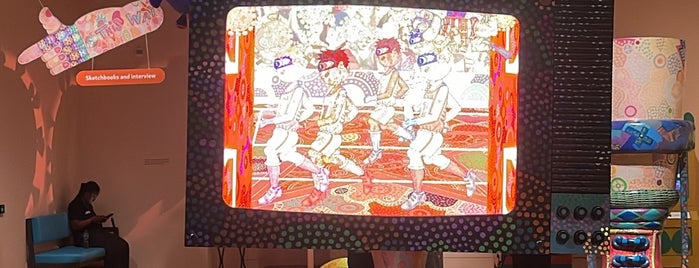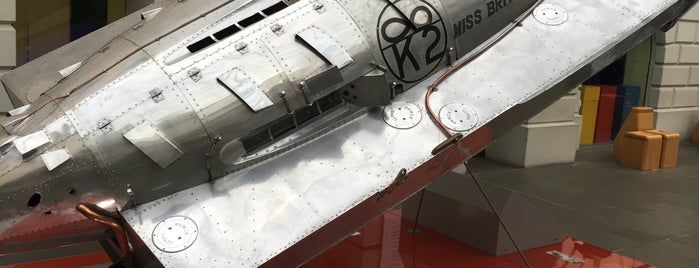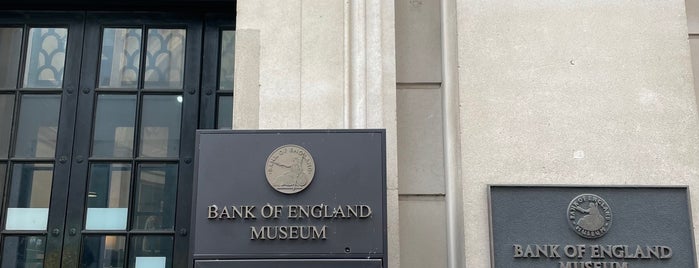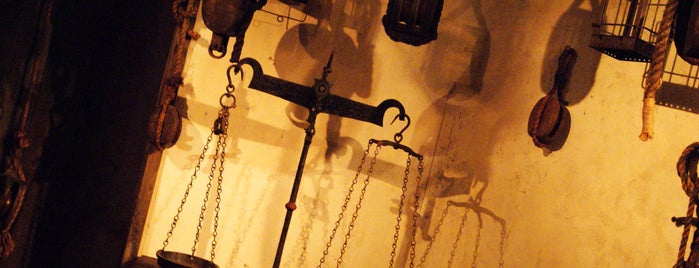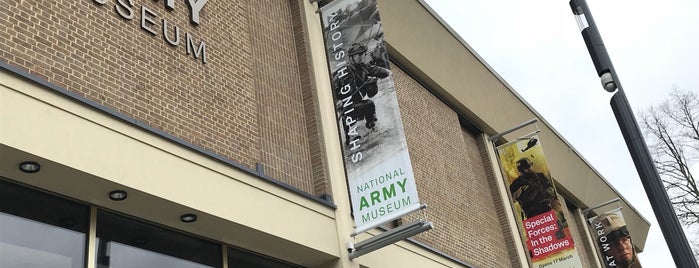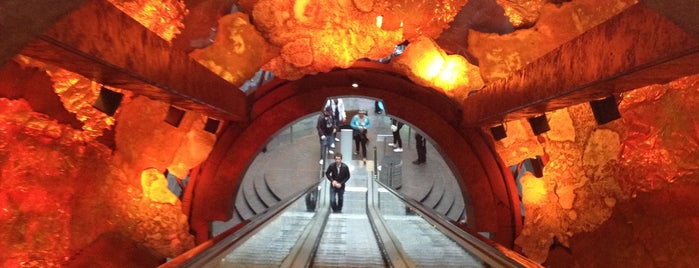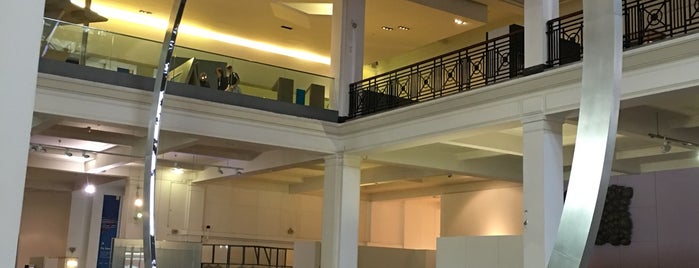![]() Officially the country's most popular tourist attraction, the British Museum opened to the public in 1759 in Montagu House, which then occupied this site. Read more.
Officially the country's most popular tourist attraction, the British Museum opened to the public in 1759 in Montagu House, which then occupied this site. Read more.
![]() The collection includes remains of many rare and extinct animals, such as a dodo and the skeleton of the zebra-like quagga, which was hunted out of existence in the 1880s. Read more.
The collection includes remains of many rare and extinct animals, such as a dodo and the skeleton of the zebra-like quagga, which was hunted out of existence in the 1880s. Read more.
![]() Antique guns, tanks, aircraft and artillery are parked in the main hall of this imposing edifice, built in 1814 as a lunatic asylum (the Bethlehem Royal Hospital, aka Bedlam). Read more.
Antique guns, tanks, aircraft and artillery are parked in the main hall of this imposing edifice, built in 1814 as a lunatic asylum (the Bethlehem Royal Hospital, aka Bedlam). Read more.
![]() Freemasons' Hall, the eye-catchingly bombastic stone building is the headquarters of the United Grand Lodge of England and the principal meeting place for Masonic Lodges in London. Read more.
Freemasons' Hall, the eye-catchingly bombastic stone building is the headquarters of the United Grand Lodge of England and the principal meeting place for Masonic Lodges in London. Read more.
![]() Upstairs, the chronological displays begin with 'London Before London', where artefacts include flint axes from 300,000 BC, found near Piccadilly, and the bones of an aurochs. Read more.
Upstairs, the chronological displays begin with 'London Before London', where artefacts include flint axes from 300,000 BC, found near Piccadilly, and the bones of an aurochs. Read more.
![]() Designed by George Grey Wornum, the Royal Institute of British Architects (RIBA) building is a fine example of 1930s architecture. The Grade II-listed building hosts regular talks and exhibitions. Read more.
Designed by George Grey Wornum, the Royal Institute of British Architects (RIBA) building is a fine example of 1930s architecture. The Grade II-listed building hosts regular talks and exhibitions. Read more.
![]() Designed by architect Sir John Soane to house his own collection of paintings and architectural salvage. Read more.
Designed by architect Sir John Soane to house his own collection of paintings and architectural salvage. Read more.
![]() Built in 1776, this handsome house contains an exceptional collection of 18th-century French furniture, painting and objets d'art, as well as an amazing array of medieval armour and weaponry. Read more.
Built in 1776, this handsome house contains an exceptional collection of 18th-century French furniture, painting and objets d'art, as well as an amazing array of medieval armour and weaponry. Read more.
![]() The collection is unmatched (150 million items and counting), and the reading rooms (open only to cardholders) are so popular that regular users are now complaining that they can't find a seat. Read more.
The collection is unmatched (150 million items and counting), and the reading rooms (open only to cardholders) are so popular that regular users are now complaining that they can't find a seat. Read more.
![]() This seventeenth-century building, which used to belong to the daughter of Rudyard Kipling, now houses the Hampstead Museum and a licensed buttery. Read more.
This seventeenth-century building, which used to belong to the daughter of Rudyard Kipling, now houses the Hampstead Museum and a licensed buttery. Read more.
![]() The mansion was originally built in 1616 and remodelled for William Murray, who made the pivotal court ruling in 1772 that made it illegal to own slaves in England. Read more.
The mansion was originally built in 1616 and remodelled for William Murray, who made the pivotal court ruling in 1772 that made it illegal to own slaves in England. Read more.
![]() Attractions at the Royal Air Force Museum include 80 aircraft on display, an interactive area, a simulator ride and 'Our Finest Hour', a multi-media account of the Battle of Britain. Read more.
Attractions at the Royal Air Force Museum include 80 aircraft on display, an interactive area, a simulator ride and 'Our Finest Hour', a multi-media account of the Battle of Britain. Read more.
![]() Founder Sir Henry Wellcome, a pioneering 19th-century pharmacist and entrepreneur, amassed a vast and idiosyncratic collection of implements and curios relating to the medical trade. Read more.
Founder Sir Henry Wellcome, a pioneering 19th-century pharmacist and entrepreneur, amassed a vast and idiosyncratic collection of implements and curios relating to the medical trade. Read more.
![]() The world's largest maritime museum contains a huge store of creatively organised maritime art, cartography, models and regalia. Read more.
The world's largest maritime museum contains a huge store of creatively organised maritime art, cartography, models and regalia. Read more.
![]() The most popular part of the museum is its showpiece Aquarium, where a series of tanks and rockpools cover seven distinct aquatic ecosystems. Read more.
The most popular part of the museum is its showpiece Aquarium, where a series of tanks and rockpools cover seven distinct aquatic ecosystems. Read more.
![]() Housed inside the former Stock Offices of the Bank of England, this engaging and surprisingly lively museum explores the history of the national bank. Read more.
Housed inside the former Stock Offices of the Bank of England, this engaging and surprisingly lively museum explores the history of the national bank. Read more.
![]() Housed in a set of 18th-century almshouses, the Geffrye Museum offers a vivid physical history of the English interior. Read more.
Housed in a set of 18th-century almshouses, the Geffrye Museum offers a vivid physical history of the English interior. Read more.
![]() Housed in a 19th-century warehouse (itself a Grade I-listed building), this huge museum explores the complex history of London's docklands and the river over two millennia. Read more.
Housed in a 19th-century warehouse (itself a Grade I-listed building), this huge museum explores the complex history of London's docklands and the river over two millennia. Read more.
![]() Home to one of the world's finest collections of children's toys, dolls' houses, games and costumes. Read more.
Home to one of the world's finest collections of children's toys, dolls' houses, games and costumes. Read more.
![]() This museum dedicated to the history of the British Army kicks off with 'Redcoats', a gallery that starts at Agincourt in 1415 and ends with the American War of Independence. Read more.
This museum dedicated to the history of the British Army kicks off with 'Redcoats', a gallery that starts at Agincourt in 1415 and ends with the American War of Independence. Read more.
![]() The NHM opened in Alfred Waterhouse's purpose-built, Romanesque palazzo on the Cromwell Road in 1881. Now joined by the splendid Darwin Centre extension. Read more.
The NHM opened in Alfred Waterhouse's purpose-built, Romanesque palazzo on the Cromwell Road in 1881. Now joined by the splendid Darwin Centre extension. Read more.
![]() Only marginally less popular with kids than its natural historical neighbour, the Science Museum is a celebration of the wonders of technology in the service of our daily lives. Read more.
Only marginally less popular with kids than its natural historical neighbour, the Science Museum is a celebration of the wonders of technology in the service of our daily lives. Read more.
![]() The V&A is one of the world's most magnificent museums, its foundation stone laid on this site by Queen Victoria in her last official public engagement in 1899. Read more.
The V&A is one of the world's most magnificent museums, its foundation stone laid on this site by Queen Victoria in her last official public engagement in 1899. Read more.



